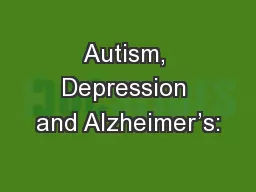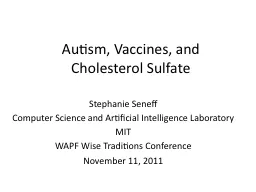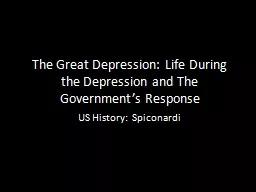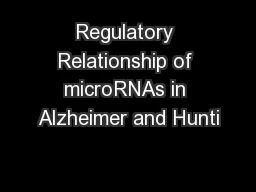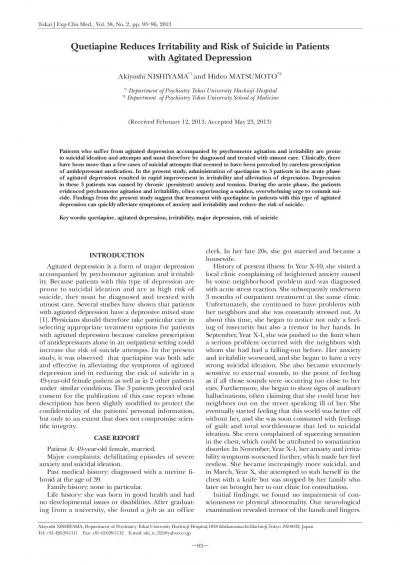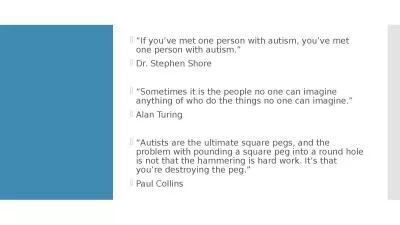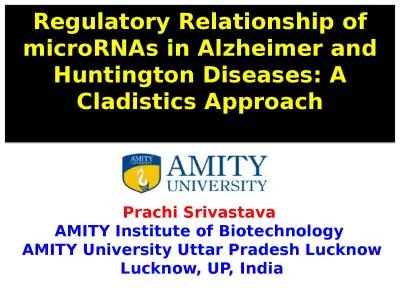PPT-Autism, Depression and Alzheimer’s:
Author : liane-varnes | Published Date : 2015-10-08
A Shared Underlying Pathology and Treatment Wise Traditions London March 18 2012 Stephanie Seneff MIT A Hypothesis Many neurological diseases of the brain have a
Presentation Embed Code
Download Presentation
Download Presentation The PPT/PDF document "Autism, Depression and Alzheimer’s:" is the property of its rightful owner. Permission is granted to download and print the materials on this website for personal, non-commercial use only, and to display it on your personal computer provided you do not modify the materials and that you retain all copyright notices contained in the materials. By downloading content from our website, you accept the terms of this agreement.
Autism, Depression and Alzheimer’s:: Transcript
Download Rules Of Document
"Autism, Depression and Alzheimer’s:"The content belongs to its owner. You may download and print it for personal use, without modification, and keep all copyright notices. By downloading, you agree to these terms.
Related Documents

